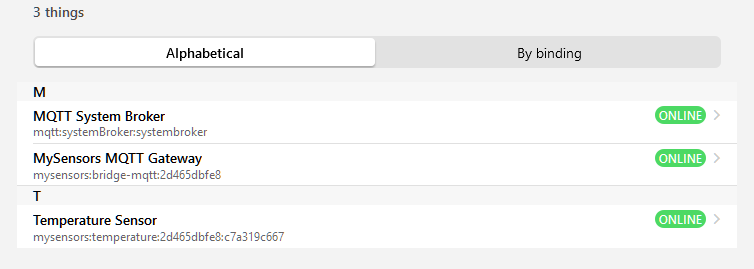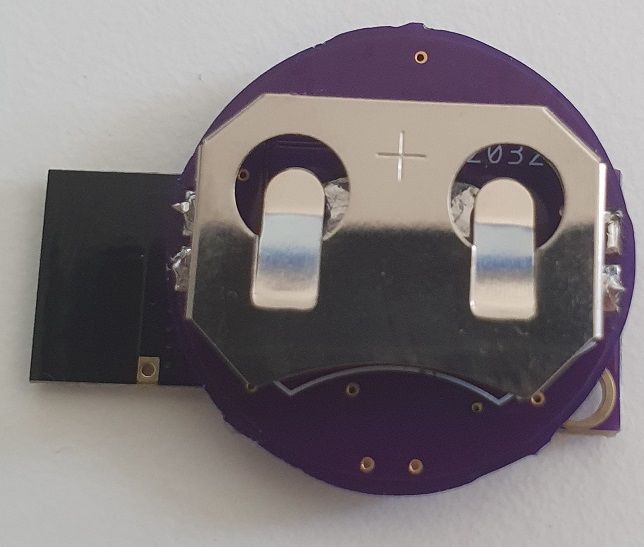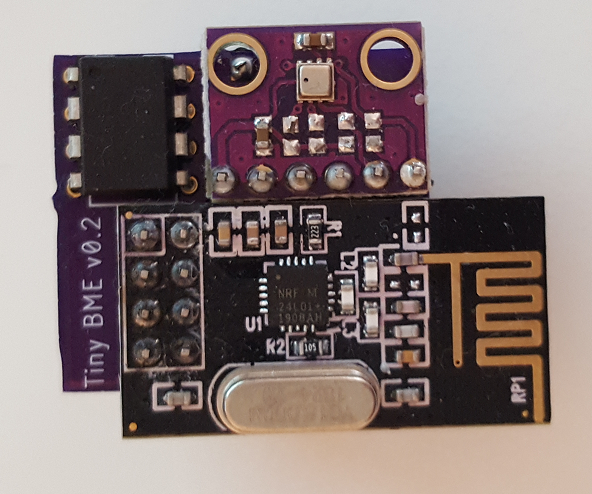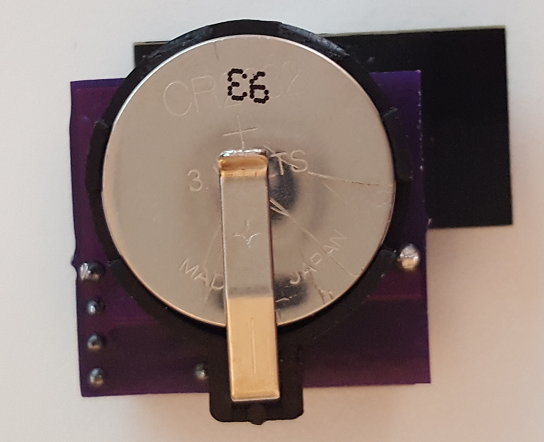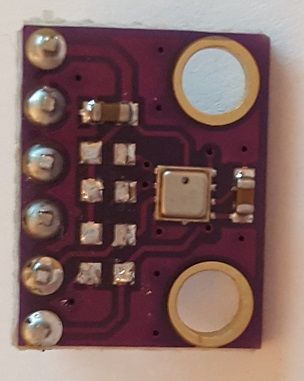Okay, now i tried to configure the MQTT system broker connection and this seems to work.
- I set up the system broker and named it 'mosquitto'.
- in the MySensors MQTT bridge, as before, I used
mosquitto as Broker Name. Now the Broker Name could be resolved and the Thing is online.
10:12:55.086 [DEBUG] [ensors.handler.MySensorsBridgeHandler] - Initialization of the MySensors bridge
10:12:55.089 [DEBUG] [sensors.factory.MySensorsCacheFactory] - Cache file: given_ids.cached not exist.
10:12:55.091 [DEBUG] [sensors.factory.MySensorsCacheFactory] - Cache file: given_ids.cached not exist. Default passed, creating it...
10:12:55.094 [DEBUG] [sensors.factory.MySensorsCacheFactory] - Writing on cache given_ids, content: []
10:12:55.100 [DEBUG] [sensors.factory.MySensorsCacheFactory] - Cache (given_ids) content: []
10:12:55.103 [DEBUG] [protocol.mqtt.MySensorsMqttConnection] - Enabling connection watchdog
10:12:55.106 [DEBUG] [ensors.handler.MySensorsBridgeHandler] - Initialization of the MySensors bridge DONE!
10:12:55.108 [ERROR] [protocol.mqtt.MySensorsMqttConnection] - MQTT connection offline - Reason unknown
10:12:55.113 [DEBUG] [s.discovery.MySensorsDiscoveryService] - Starting MySensors discovery scan
10:12:55.117 [DEBUG] [protocol.mqtt.MySensorsMqttConnection] - Adding consumer for topic: mygateway1-out/+/+/+/+/+
10:12:55.127 [WARN ] [protocol.mqtt.MySensorsMqttConnection] - Skipping I_VERSION connection test, not recommended...
10:12:55.133 [INFO ] [hab.event.ThingStatusInfoChangedEvent] - Thing 'mysensors:bridge-mqtt:84dd4a387f' changed from INITIALIZING to ONLINE
10:12:55.133 [DEBUG] [sensors.factory.MySensorsCacheFactory] - Writing on cache given_ids, content: []
10:12:55.139 [INFO ] [protocol.mqtt.MySensorsMqttConnection] - Successfully connected to MySensors Bridge.
But
I'm having troubles with the MQTT system broker, it can't connect the broker instance.
com.hivemq.client.mqtt.exceptions.ConnectionClosedException: java.io.IOException: Connection reset by peer
Caused by: java.io.IOException: Connection reset by peer
at sun.nio.ch.FileDispatcherImpl.read0(Native Method) ~[?:?]
at sun.nio.ch.SocketDispatcher.read(SocketDispatcher.java:39) ~[?:?]
at sun.nio.ch.IOUtil.readIntoNativeBuffer(IOUtil.java:276) ~[?:?]
at sun.nio.ch.IOUtil.read(IOUtil.java:233) ~[?:?]
at sun.nio.ch.IOUtil.read(IOUtil.java:223) ~[?:?]
at sun.nio.ch.SocketChannelImpl.read(SocketChannelImpl.java:358) ~[?:?]
at io.netty.buffer.PooledByteBuf.setBytes(PooledByteBuf.java:247) ~[bundleFile:4.1.42.Final]
at io.netty.buffer.AbstractByteBuf.writeBytes(AbstractByteBuf.java:1147) ~[bundleFile:4.1.42.Final]
at io.netty.channel.socket.nio.NioSocketChannel.doReadBytes(NioSocketChannel.java:347) ~[bundleFile:4.1.42.Final]
at io.netty.channel.nio.AbstractNioByteChannel$NioByteUnsafe.read(AbstractNioByteChannel.java:148) [bundleFile:4.1.42.Final]
at io.netty.channel.nio.NioEventLoop.processSelectedKey(NioEventLoop.java:700) [bundleFile:4.1.42.Final]
at io.netty.channel.nio.NioEventLoop.processSelectedKeysOptimized(NioEventLoop.java:635) [bundleFile:4.1.42.Final]
at io.netty.channel.nio.NioEventLoop.processSelectedKeys(NioEventLoop.java:552) [bundleFile:4.1.42.Final]
at io.netty.channel.nio.NioEventLoop.run(NioEventLoop.java:514) [bundleFile:4.1.42.Final]
at io.netty.util.concurrent.SingleThreadEventExecutor$6.run(SingleThreadEventExecutor.java:1044) [bundleFile:4.1.42.Final]
at io.netty.util.internal.ThreadExecutorMap$2.run(ThreadExecutorMap.java:74) [bundleFile:4.1.42.Final]
at io.netty.util.concurrent.FastThreadLocalRunnable.run(FastThreadLocalRunnable.java:30) [bundleFile:4.1.42.Final]
at java.lang.Thread.run(Thread.java:834) [?:?]
Since this seems more a OpenHAB/mosquitto issue I will dig into it myself.
Edit
The MQTT System Broker seems to be a concept from OH2, where a MQTT broker was shipped internally with OpenHAB and it seems to be broken in OH3 (OH Forum).
This leaves me with the following conclusions:
- The MySensors binding configuration references the
MQTT system broker connection
- With OH3, this MQTT System Broker is not working anymore.
I suppose the correct way of handling this issue is to make the MySensors binding reference a normal MQTT Broker bridge, not a System Broker bridge.
Anyone who knows what changes this would require? My guess is that it should be manageable -> Source Code

